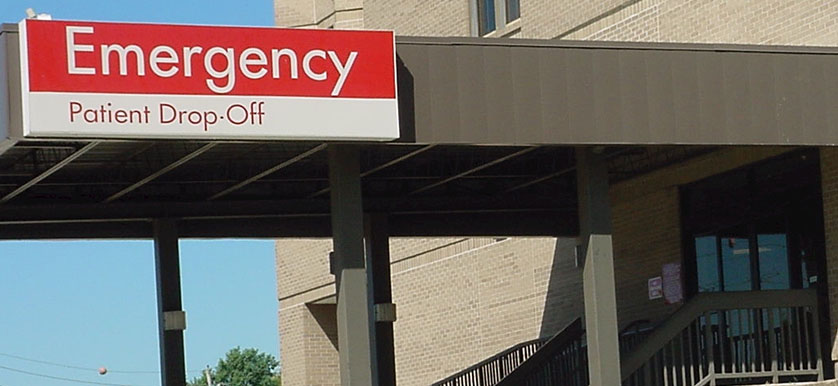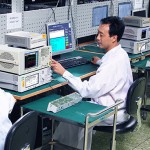Queues grow and performance plummets as the UK Accident & Emergency units face a new crisis

The UK Accident & Emergency (A&E) units are currently facing a major crisis, with the patients queuing in ambulances for hours, as the service is clearly over-capacity. How has the emergency system met its target of attending patients, given the strain it has been under recently?
Apparently, as found in a recent article from The Telegraph, the figures show an alarming decrease in the Emergency sector’s performance, with numbers reaching a 87% increase in delays of over 30 minutes and increases of up to 50% in delays of over 1 hour.
Moreover, the figures have grown to such an alarming high that senior doctors predict a future winter crisis, comparable to the critical situation A&E wards have faced in 2013.
The 2013 crisis
Back in 2013, according to The Guardian, hospitals were functioning below safety levels and were running over-capacity, which led to major concerns.
Back then, BBC News had obtained historical performance data that covered a period of 3 months prior to the end of October 2013. The waiting hour amassed to alarming rates, with a peak waiting time of 6 hours and 22 minutes, for a patient from Wales.
In 2013, the A&E crisis has taken England by storm, with more than 3500 patients being forced to wait between 4 and 12 hours to receive treatment. At the time, the NHS chief operating officer, Dame Barbara Hakin, suggested that the plummet in performance figures was predictable and expected, given the fact that local systems need to adapt to the winter pressure.
The 2014 summer situation
As the aforementioned Telegraph article states, the longest waiting hours were reported in the West Midlands area, with patients waiting over 8 hours to receive medical treatment. The critical condition is also represented by delay times of more than 7 hours 30 minutes and over 6 hours, for the South West and London area.
The growth in waiting time shows a serious depreciation in performance, with an extra 700,000 patients enrolled on waiting lists, as compared to the 2010 figures. This brings the British NHS further from their current target, of attending 90% of the patients, with over 32,500 patients having waited for more than 18 weeks to get into surgery, according to the Telegraph.
The alarming figures bring on reactions from patient associations, which condemn the way A&E departments deploy their services and treat medical emergencies, which in turn brings added pressure on the medical system. Moreover, the tense situation is affecting patient trust in the effectiveness of the British Emergency medical system.
The ongoing crisis brings concerns regarding the upcoming winter season, when historical data leads specialists to believe the situation will worsen. Quoted by the Telegraph, in a recent article, the President of the College of Emergency Medicine and the A&E doctors’ representative, Dr. Cliff Mann shares his fear regarding the system’s ability to withstand the winter wave of casualties, given the current overload: “Winter always means an increase in pressure and our fear is that the system cannot take any more.”
Grim forecast for winter 2014?
Still, according to The Independent, doctors’ organizations suggest preemptive actions, like reallocating specialists and surgeons to emergency departments, as well as augmenting hospital care with community and social care effort. Hinting that the plummet in performance partially comes from a shortage of staff and an abundance of cases piling at the A&E, senior practitioners suggest that some of the effort could be relieved by other organisms. Thus, a recommendation is that community and social care should become available to the population 7 days out of 7, which would mean patients can get discharged safely and receiving the needed treatment.
Although plans had been made, the unhappy results obtained this summer bring no cause for belief in relief, as the increase in delay hours is sustained by the inflow of patients, corroborated with limited resources and hospital space.
However, the situation may progress, as the performance measures prompt for action and raise awareness to an imminent crisis that may spiral down to the detriment of both the Health System and the patients that require dire attention.
References:
- Chorley, M. (2013) A&E winter crisis deepens as NHS in England misses target to see 95% of patients within four hours, Daily Mail
- Donnelly, L. (2014) Patients left stranded in ambulances for 8 hours, The Telegraph
- Merril, J. (2014) A&E ‘winter crisis’: Call to put GPs in hospital emergency departments
- Wintour, P. (2014) NHS facing summer crisis as A&E performance deteriorates, says Labour, The Guardian
Image source:

Tags: Healthcare performance, Performance in UK





